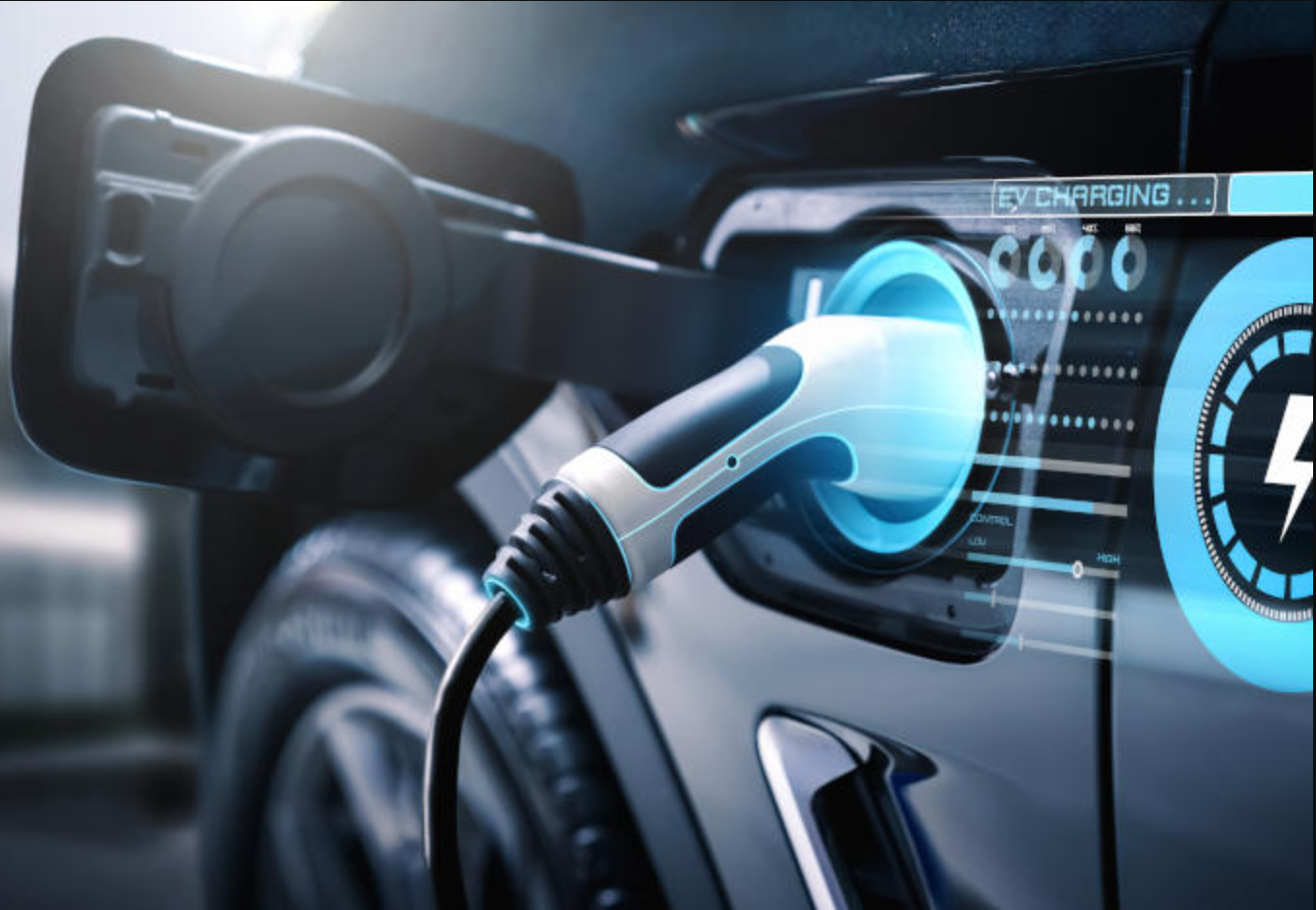Major battery innovation pushes electric vehicle range to over 3,000 miles
New silicon-based battery technology promises a tenfold increase in electric vehicle range, potentially transforming the EV market.

Groundbreaking silicon battery technology dramatically boosts electric vehicle range by tenfold. (CREDIT: CC BY-SA 4.0)
Electric vehicles are set for a major upgrade as groundbreaking advances in battery technology promise to significantly enhance their capabilities. This innovation couldn't have come at a better time, as the demand for electric cars grows faster than ever. At the heart of this progress are improvements in the way batteries store energy, potentially extending vehicle range dramatically and revolutionizing renewable energy use.
The Crucial Role of Battery Anodes
To fully grasp why this technology matters, it's important to first understand how batteries work. Batteries store energy through two key parts: the anode and the cathode. The anode holds energy during charging and releases it when the battery powers devices like electric vehicles.
Today's most common battery anodes are made from graphite, a reliable material but limited in energy storage. Scientists have long sought alternatives like silicon because it can store significantly more energy. Yet silicon has posed its own challenges. It expands when charged, potentially causing battery damage and creating safety risks. These issues have kept silicon from widespread use despite its clear advantages.
A Breakthrough in Battery Safety and Capacity
Recently, professors Soojin Park and Youn Soo Kim from Pohang University of Science & Technology (POSTECH) collaborated with professor Jaegeon Ryu at Sogang University to tackle silicon's drawbacks. Their team developed an innovative binder material that effectively prevents silicon from swelling during charging. This crucial development allows batteries using silicon anodes to safely store ten times more energy than those relying on graphite.
This isn't just an incremental improvement—it's a game-changer. The implications for electric vehicles alone are profound. Imagine driving distances comparable to traditional gasoline-powered cars without frequent recharges.
Professor Park emphasizes this potential on POSTECH's website, explaining, “The research holds the potential to significantly increase the energy density of lithium-ion batteries through the incorporation of high-capacity anode materials, thereby extending the driving range of electric vehicles.” Park further notes, “Silicon-based anode materials could potentially increase the driving range at least tenfold.”
Related Stories:
Global Efforts in Battery Innovation
POSTECH isn't alone in pushing battery technology forward. Scientists and companies worldwide are engaged in similar efforts, each pursuing different but equally exciting approaches.
In China, researchers are working with sodium-based batteries, aiming for a less expensive and more accessible alternative to lithium. This innovation could make electric cars more affordable and accessible globally, especially in regions with limited lithium resources.
Meanwhile, NASA scientists are advancing solid-state batteries, which are lighter and more compact. These batteries could help space missions and also make electric vehicles lighter and more efficient.
Elsewhere, unique research focuses on sustainable battery materials. For example, one intriguing development involves biodegradable batteries crafted from crab shells, highlighting the push for environmentally friendly options.
Beyond Transportation: The Wider Impact
The importance of battery breakthroughs extends far beyond transportation. Renewable energy sources like solar and wind power rely heavily on efficient energy storage systems. Unlike traditional fossil fuels, renewable energy sources don't always produce power consistently. The sun sets, and winds can calm, making storage solutions essential.
Enhanced batteries can capture and store surplus energy produced during peak sunlight or wind conditions. Then, during calm or cloudy periods, the stored energy can be released to meet demand. Thus, breakthroughs like the one from POSTECH could boost renewable energy use significantly, helping decrease reliance on fossil fuels.
Looking Towards a Greener Future
These innovations mark significant progress toward reducing global dependence on fossil fuels. Improved battery storage can help electric vehicles become more practical and appealing to consumers, accelerating the shift from gasoline engines to cleaner electric alternatives.
As battery technology evolves, the broader goal of a greener future becomes increasingly achievable. Researchers and scientists worldwide continue to contribute vital innovations, each step moving closer to a more sustainable energy landscape.
With global climate challenges mounting, efficient and powerful battery technologies aren't merely desirable—they're essential. Every improvement brings the world closer to a future powered predominantly by renewable energy and electric vehicles, a world where sustainability is not just a goal but a reality.
In short, this advancement in battery technology represents more than just a leap forward in electric vehicles. It symbolizes a pivotal shift in how energy can be stored, managed, and utilized, ultimately shaping a cleaner, healthier planet for future generations.
Note: Materials provided above by The Brighter Side of News. Content may be edited for style and length.
Like these kind of feel good stories? Get The Brighter Side of News' newsletter.



